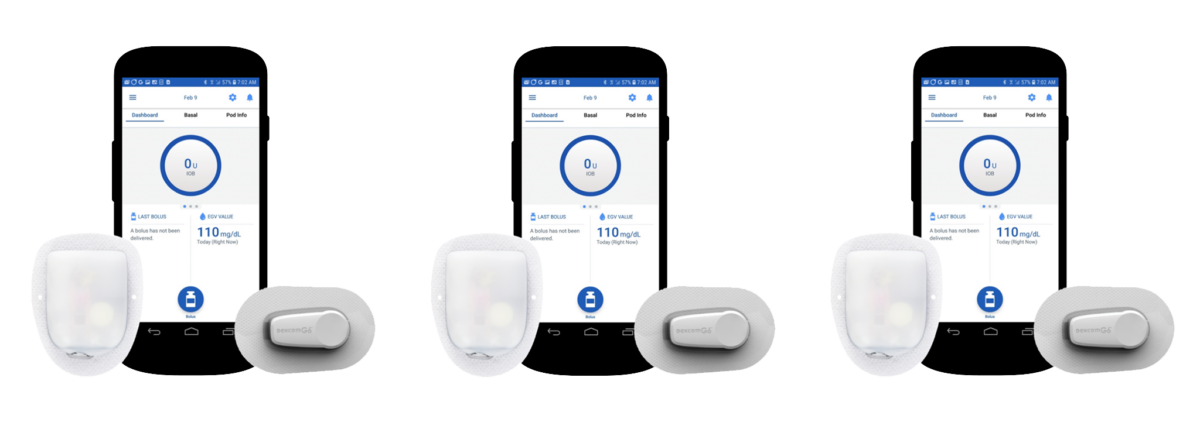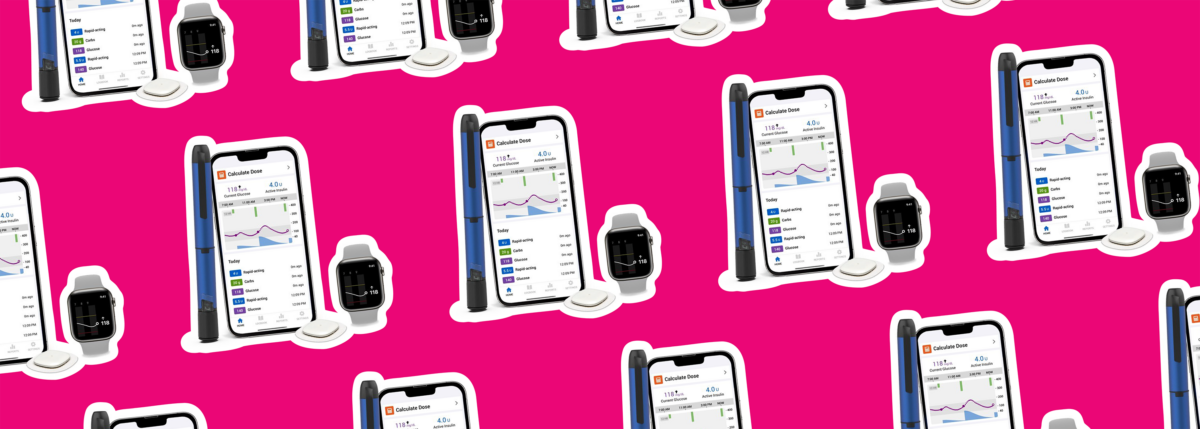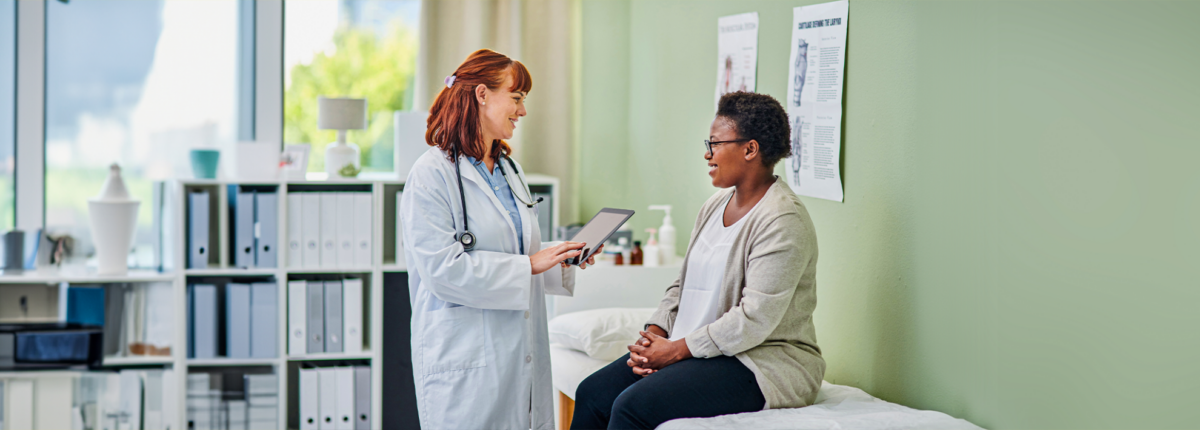DYF Takes Mount Whitney—The Tallest Peak in USA
Written by: Lawson Navarro
4 minute read
May 4, 2016
Atop the summit of Mt. Whitney, a rowdy group of 13 people posed for a photograph. They each pulled small devices off their hips and proudly flashed them at the stranger holding the camera. To an outsider it would seem as if they were pulling out a pager or an old mp3 player. To us, these devices were as familiar as an iPhone: they were our insulin pumps. When the stranger asked who they were, the group proudly told her that they were hiking 80 miles through the Sierras to summit Mt. Whitney. And most importantly, they did it all with type 1 diabetes.
In the summer of 2015, I was lucky enough to not only witness that scene at the top of Mt. Whitney, but also to be a part of it.

This trip is put on by Diabetes Youth Families (DYF)—a nonprofit organization that provides educational and recreational camps and programs for families affected by type 1 diabetes. Since 1998, DYF has organized “DYF Takes Mount Whitney,” a program leading teenagers with type 1 diabetes through the backcountry to summit Mt. Whitney, the tallest mountain in the contiguous US, at 14,505 feet.
A few weeks before the program assembled in Kings Canyon National Park, I called DYF. I knew they were still in need of a counselor, so I interviewed and signed on to fulfill my desire to make a spontaneous decision. Particularly one that involved the outdoors.
Our two other trip leaders, Holly and Patrick, had type 1 diabetes and shared a background in backpacking. Our nurse, Ashley, worked at the Stanford ER.
And then there was me.
In my last backpacking trip, I used a Jansport backpack with my sleeping bag half-heartedly tied onto the zipper. The week before the trip, I scrambled for advice and gear from friends and bought new boots with no time to break them in.
This eclectic group of trip leaders would lead nine teens to the top of Mt. Whitney. Regardless of backpacking experience, the trip was a chance for us to inspire teens in the toughest stages of diabetes management. By taking diabetes to the backcountry and helping them reach the summit, we shared hope that they would never view diabetes as a hindrance in achieving their goals.
They were all interviewed by Holly months in advance to make sure they were mentally and physically able for the challenge. As we sat around in a circle introducing ourselves and going over trail rules and diabetes protocol, we all realized how serious of an undertaking this trip was going to be.
We triple checked to make sure each individual had an abundance of shots and pump supplies, double the amount of sugar cubes to treat lows and plenty of insulin for 10 days on the trail. There is an inherent risk in taking a large group of people with diabetes like this, so everything had to be planned to a tee.
Just two days after meeting our campers, our van drivers left us at the Mineral King trailhead.
It offered glimpses of beautiful green mountain ranges to come. It also greeted us with thunder and lightning, black bears on the trail and low blood sugars. Things were off to a great start you could say!
In the next few days, the trip gave us a lot more to confront. We were given our first sight of Mt. Whitney off in the distance which seemed an impossibly long ways away. I felt like Sam and Frodo in Lord of the Rings looking across Mordor at Mt. Doom. We had run-ins with rattlesnakes, highs and lows with diabetes, cold nights and hot days.
We also had a lot to appreciate along the trip. We went to Kern Hot Springs—the most remote natural hot springs in the continental US. Holly, suitably named “Trail Mom,” cooked us pizza from scratch and gluten free brownies through some miraculous effort. We played charades around campfires. Most importantly, each camper became proactive in balancing their diabetes and the stress of the trail. They worked with us and each other to figure out their patterns and how to best take care of themselves.
A cold and dry 40 degree temperature greeted us in the dark 3 a.m. morning of summit day. We kept a slow pace on the 2,500 foot climb. In just a few hours, the valley below gradually filled with light from the sunrise. Adrenaline rushed through our systems once we saw Whitney ahead, distracting us from altitude sickness.
As we approached the top, we looked over the west side the mountain where we had been hiking through over the past eight days. After overcoming altitude sickness, sleep exhaustion, heat exhaustion, high and low blood sugars, midnight and 3 a.m. blood sugar checks, blisters, sunburns and more, it was a relief and a surprise to be on top.

After a long trip down the east side of the mountain, we met people who had just finished the John Muir Trail and others who had hiked up the mountain in a day from the east side. Each of our stories and achievements were admirable in and of themselves.
After being picked up by our van drivers, we all admired the fading view of Mt. Whitney as we drove away and reflected on the trip. Through reaching the summit, I, along with my campers and trip leaders, realized that diabetes is and can always be tough, but is perfectly manageable, even under the most strenuous of circumstances.
“DYF Takes Mount Whitney” offered me one of the most memorable life experiences I will be able to tell for years to come. Life with diabetes in the backcountry is scary for some to imagine, but if we can handle that, then life and diabetes in the “front country” will feel like a stroll in the park.
More from DYF: Transforming a Curse into a Community—Diabetes Camp by Kaylor Glassman and Patrick Mertes

Author
Lawson Navarro
Lawson Navarro is a seasonal volunteer and program assistant at various DYF programs. He grew up attending DYF programs as a camper and can attest to the positive impact diabetes camp has on the confidence and health of those who attend. Outside of DYF, Lawson enjoys taking photos, making videos and playing in his band, The Sequoia Brothers. For more: www.lawsonnavarro.wordpress.com
Related Resources

Already compatible with Dexcom’s G6 and G7 continuous glucose monitors (CGMs), the Omnipod 5 Automated...
Read more

The younger a person is diagnosed with type 2 diabetes, especially those with obesity, the...
Read more

The Oura Ring, which tracks things like sleep, heart rate, and activity, is joining forces...
Read more

